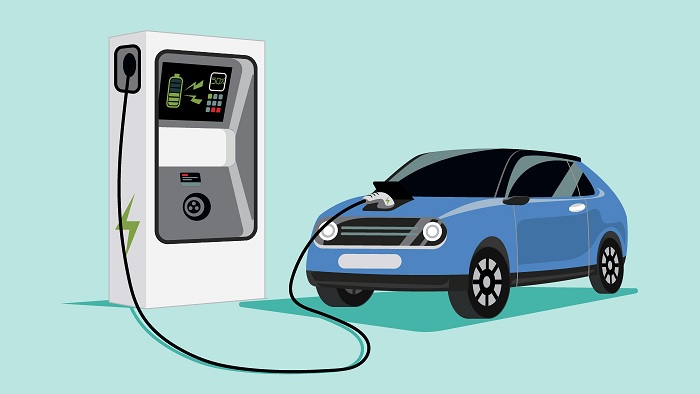Nearly 15 million electric cars (battery electric and plug-in hybrid) are expected to be shipped worldwide in 2023, according to the latest forecast by Gartner, Inc.

Source: AAA Living
Shipments of electric cars are estimated to increase 19% in 2024, to total 17.9 million units.
Gartner forecasts that shipments of all electric vehicles (EVs) — cars, buses, vans and heavy trucks — will total 18.5 million units in 2024, with electric car shipments will representing 97% of total EV shipments next year .
Globally, battery electric vehicles (BEV) shipments are forecast to grow from 9 million units in 2022 to 11 million units by the end of 2023. Plug-in hybrid electric vehicles (PHEVs) are expected to grow at a slightly slower rate, from 3 million units in 2022 to 4 million units in 2023.
"The proportion of PHEV, as a percentage of total EVs in countries like the U.S., Canada and Japan will slightly grow as consumers in those countries prefer PHEVs to BEVs. US consumers who are transitioning from a pure internal combustion engine (ICE) car are choosing to adopt PHEVs over their BEV counterparts because PHEVs combine the ability to deliver emission free urban driving, with the convenience of gasoline powered propulsion for longer journeys," said Jonathan Davenport, Sr Director Analyst at Gartner. "The situation is different in Western Europe, China and to a lesser extent India, where consumers favor BEV's lower overall running costs, quieter driving experience and green credentials."
EV Models to Represent Over 50% of Car Maker Models by 2030
Governments' decisions to reduce particulate matter emissions from vehicles and some country-level initiatives, such as implementing legislation to only allow the sale of zero-emission vehicles and seeking to enforce PHEV as a minimum, led to changes in automaker behaviors. Some automakers are looking to eliminate tailpipe emissions from new light-duty vehicles by 2035 and others are aspiring to achieve sales of 40% to 50% of annual US volumes of electric vehicles by 2030. In addition, the growing importance of EVs has led to new market entrants launching EV platforms.
"Ever-tightening emission regulations will lead automakers to pivot more than half of the vehicle models marketed to EVs by 2030," said Davenport.
By 2027, BEV Prices to Reach Parity with ICE Vehicles of Similar Size and Configuration
Gartner analysts expect that by 2027, the average price of a BEV will reach parity with ICE vehicles of similar size and configuration, which will accelerate the global adoption of EVs. However, by 2030, power generation and network capacity have the potential to act as inhibiting factors to mass EV deployment regardless of price.
"Unless countries take actions to incentivize EV drivers to charge outside peak electricity consumption periods, the switch to EVs may put an additional strain on both the power generation capacity and the distribution infrastructure," said Davenport.
"Using dual day and night or even half-hourly electricity tariffs can incentivize EV drivers to charge outside peak times, which would require a mass roll-out of smart metering," added Davenport. "Likewise, the ability of utilities to control EV chargers directly via application programming interfaces (APIs) would enable EV charging to be momentarily curtailed at peak consumption times to ensure grid demands weren't exceeded."




